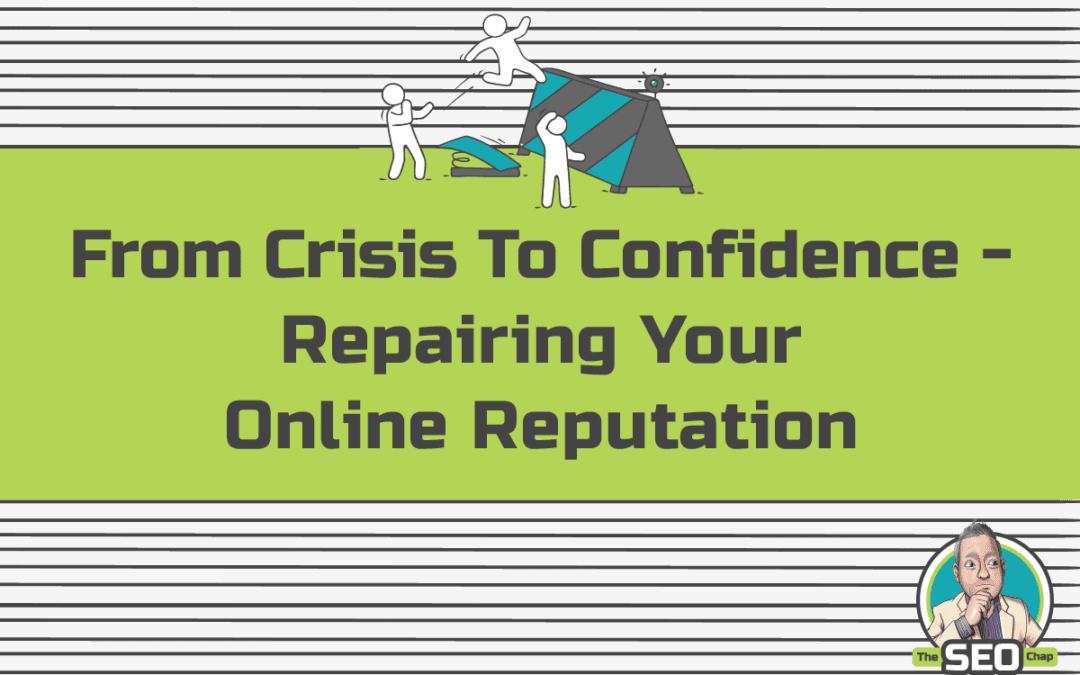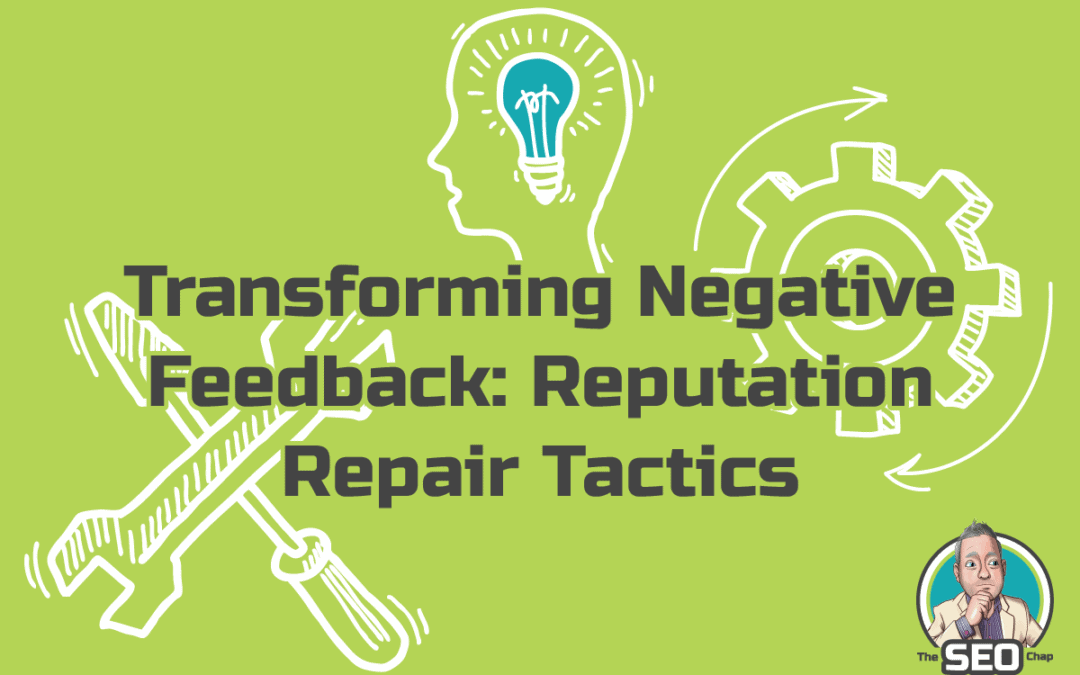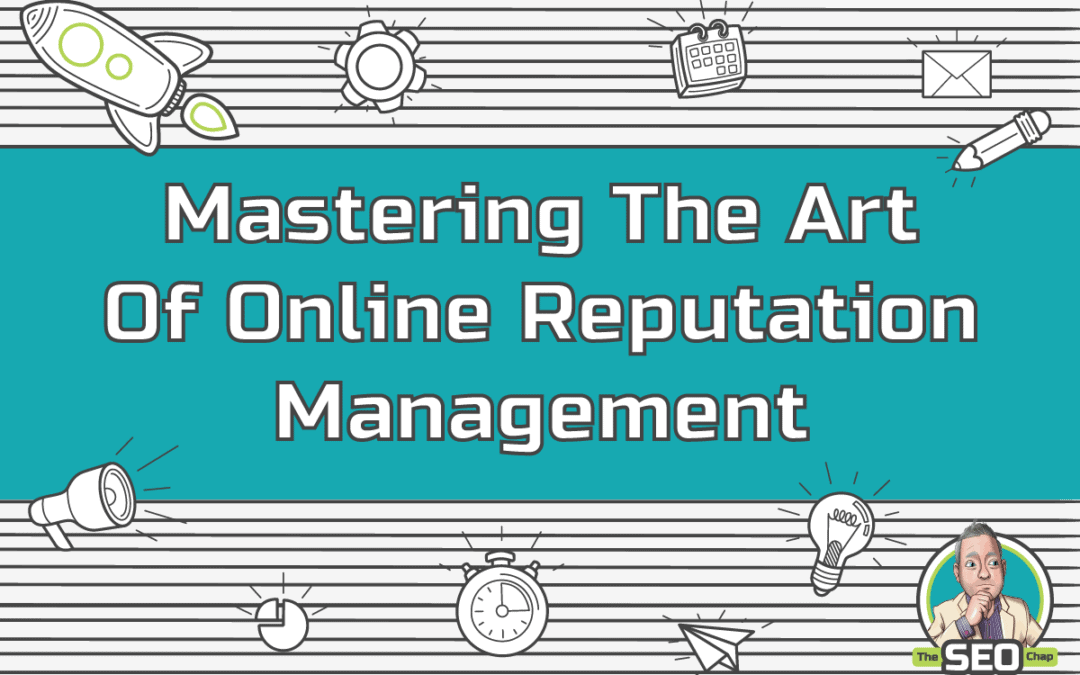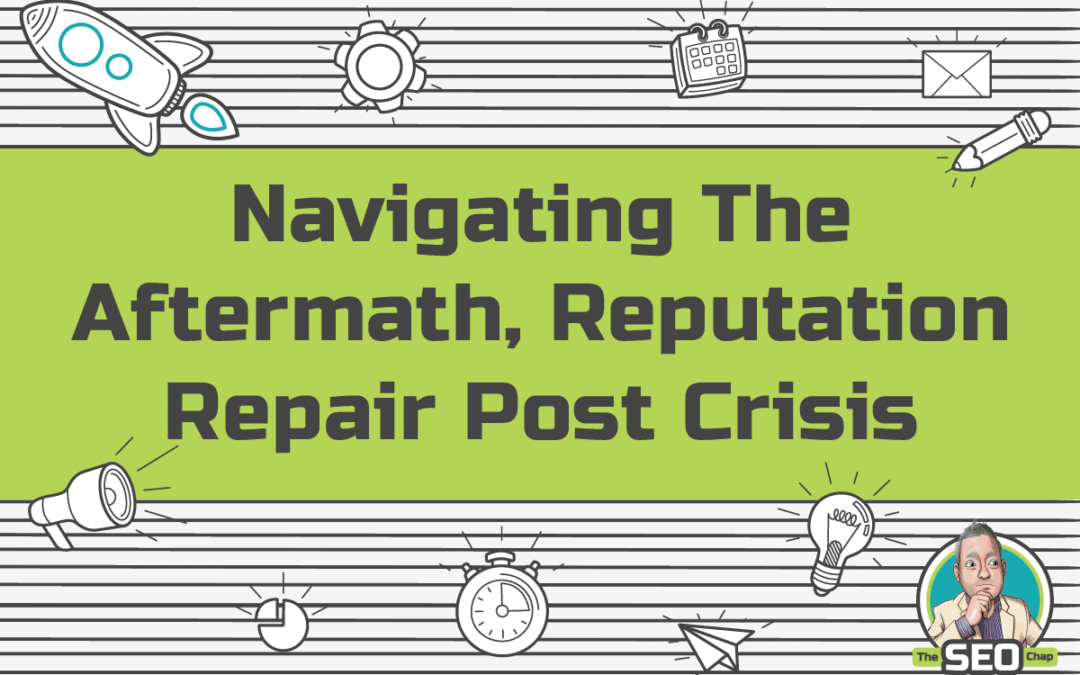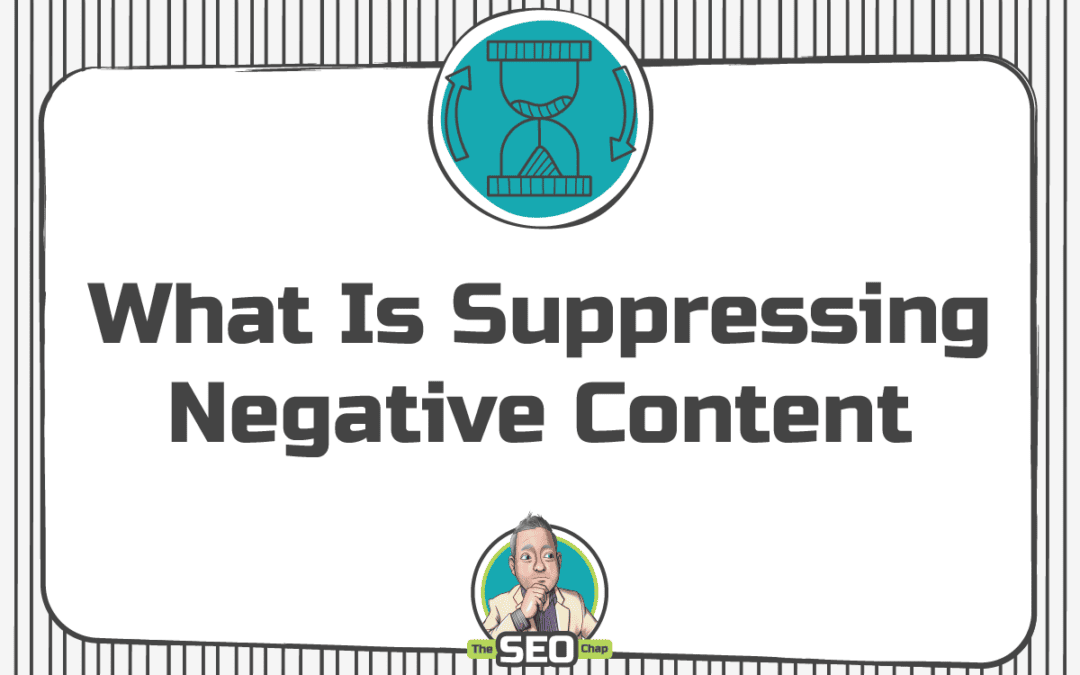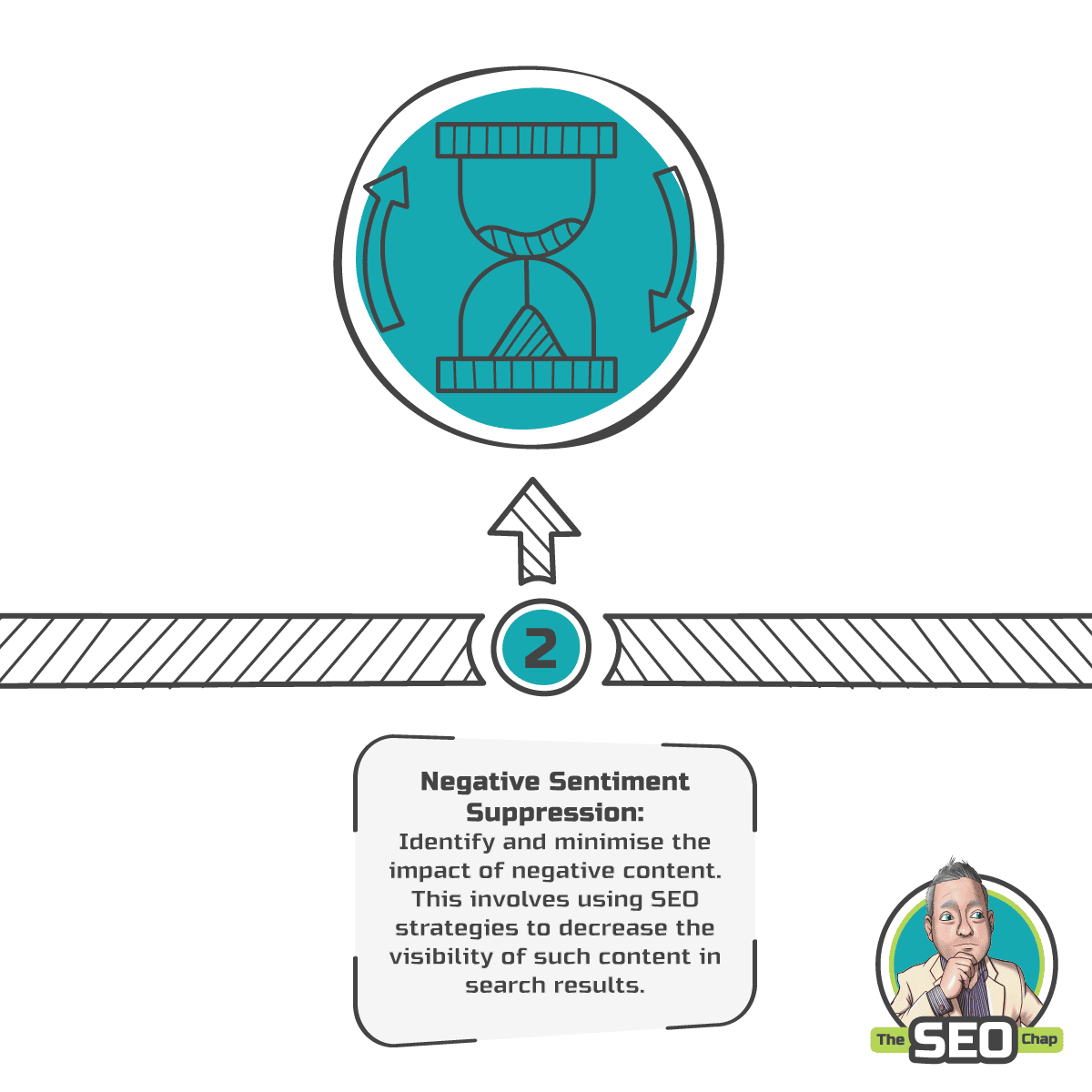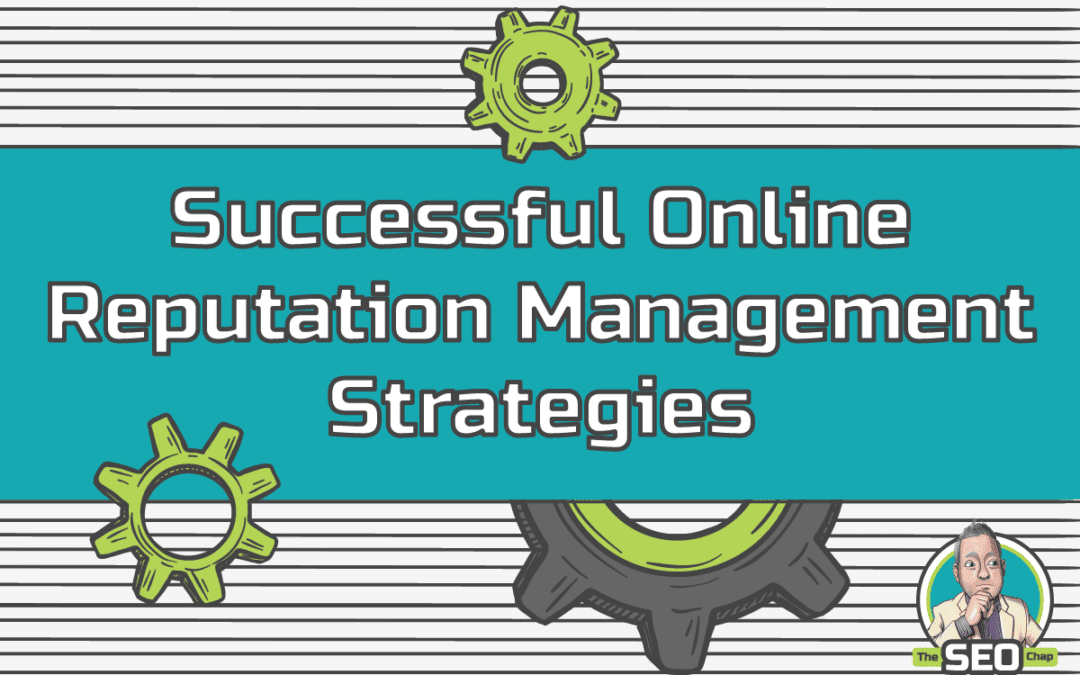
Successful Online Reputation Management Strategies
It’s no secret that online reputation management strategies are key to the success of any business. From small local stores to large international corporations, a positive public image can make or break their success.
In this article, we’ll explore successful strategies for managing your reputation and ensuring your business remains in good standing. We’ll discuss how to monitor and respond to negative reviews, create positive content, remove misinformation, and work with influencers.
By following these tips, you can ensure that your brand maintains its stellar reputation for years to come!
Understanding Online Reputation Management Strategies
You want to make sure your business has a great reputation, so understanding the basics of reputation management is key! At its core, reputation management strategy is about protecting privacy and leveraging technology in order to manage what people think about you or your organisation.
It’s important to understand that it encompasses both online activities as well as offline strategies. This means being aware of how customers interact with your brand on social media, monitoring customer service experiences, and responding quickly when any issues arise.
Online reputation management also involves creating a positive narrative around your organisation by actively engaging with customers and providing value-added content such as blog posts or other forms of helpful information. This allows for an ongoing dialogue between you and those who are interested in learning more about what you have to offer. Additionally, it gives you an opportunity to highlight the best aspects of your business and showcase why customers should choose you over competitors.
It’s essential for businesses to be proactive when it comes to managing their reputations. That means taking the time to monitor public perceptions of your company regularly and responding swiftly whenever there is negative feedback or criticism.
Regularly engaging with customers through social media channels can help build trust and loyalty while also providing potential customers with an inside look at how you operate. By implementing these strategies, organisations can ensure their reputations remain intact even in challenging times.
Developing a Strategy
To ensure you get the best results, it’s important to put together a plan of action that works for you when developing a strategy for reputation management online. Building relationships with customers, stakeholders, and industry professionals is essential to effectively managing your reputation.
By actively engaging with these people, you can gain insights into how they perceive your brand or business and quickly address any issues that arise. Promoting transparency in all areas of your operations can also be beneficial in demonstrating trustworthiness and reliability. This includes being open about mistakes or challenges within the organisation as well as sharing successes and accomplishments when appropriate.
Creating and maintaining your online presence is another key component in building a successful reputation management strategy. Establishing accounts on popular social media platforms such as Facebook, (Twitter) X, Instagram, and LinkedIn, or even Threads, allows companies to connect directly with customers while promoting their products or services at the same time.
Developing content such as blog posts, videos, or infographics helps keep followers engaged while also providing valuable information about the company’s offerings. Additionally, customer reviews should be monitored closely to identify potential issues before they become larger problems and involve public relations efforts to repair damage if necessary.
Overall, it’s critical that businesses have an effective strategy in place for managing their brand’s reputation in order to maintain credibility with customers and other stakeholders over time. By proactively building relationships through transparent communication channels combined with establishing an online presence through social media engagement and content creation strategies, companies can successfully manage their reputations while staying at the forefront of their respective industries.
Monitoring Your Reputation
Stay ahead of the competition and protect your reputation by closely monitoring what’s being said about you. To do this, it’s important to:
- Follow relevant conversations on social media platforms
- Ask customers for feedback and reviews
- Monitor website visits, email open rates, and other indicators of customer sentiment
Developing trust with customers is key in reputation management via the internet. This means making sure that expectations are managed properly so that customers don’t feel deceived or mistreated.
Being honest about what you can deliver, responding to customer inquiries quickly, and following up with customers afterwards will help maintain a positive reputation. Additionally, proactively addressing any negative comments or reviews will show customers that their concerns are taken seriously and addressed promptly.
It’s also essential to track changes in how people view your brand over time through surveys and focus groups. Keeping an eye on trends in customer sentiment can help inform decisions as well as provide insight into why certain strategies may have been more successful than others.
In addition to gathering data from these sources, it’s also important to actively listen for mentions of your brand online or elsewhere – such as forums or blogs – so that potential issues can be addressed before they become larger problems down the road.
Responding to Negative Reviews
Dealing with online negative reviews can be tough, but responding quickly and professionally can help you turn a negative into a positive. It’s important to remember that customers want to be heard and the best way for them to feel acknowledged is when you take responsibility and make an effort to engage with them. Remember that a negative review might not just arrive on Trustpilot, Feefo or Google, but often in social media threads or comments, so make sure you use the appropriate software to monitor this.
This not only shows that you’re taking their concerns seriously, but also helps foster trust in your brand. When responding to a negative review, it’s essential that the response comes from someone who has the authority to make promises or provide solutions.
Acknowledge what they’re saying without getting defensive; this’ll show potential customers that your business values its customers’ feedback and respects their opinions. Showing empathy is key; instead of just apologising, try asking how you can make up for it and let them know what steps you’re going to take as soon as possible.
This will not only demonstrate your commitment to customer service but also go a long way in showing potential customers that any issues they may have will be taken care of promptly and fairly – creating peace of mind among customers which leads them feeling more confident about doing business with you in the future.
Removing Misinformation
You understand how vital it is to protect your brand’s reputation, so removing misinformation quickly and effectively is essential. When it comes to managing your reputation, addressing rumors and discussing policies can be two major strategies you should consider.
Here are a few key points for using these tactics:
- First, address any potentially damaging rumors as soon as possible. This will help prevent any further spread of false information or misunderstandings.
- Second, create clear policies that define what’s and isn’t acceptable when interacting with customers or the public in general. You should also make sure that these policies are widely known by your employees and customers alike.
- Finally, ensure that there are several different channels available for customers to voice their concerns or complaints about your business. This way, you’ll be able to respond quickly and resolve any issues before they become bigger problems.
Removing misinformation from the internet can be difficult but not impossible if you take proactive steps right away. Developing a plan of action on how to address rumors quickly will help mitigate the damage they might cause while having clearly defined policies will allow you to preemptively handle situations before they arise. By providing customers with multiple ways of reaching out to you, you’ll be better prepared in responding promptly and taking appropriate actions when necessary.
Utilising Social Media
Now that we’ve discussed how to remove misinformation from the public, let’s talk about another key strategy for online reputation management, utilising social media.
Social media can be an incredibly powerful tool in proactively managing and enhancing one’s reputation. Companies can foster trust with their client base by engaging customers on popular platforms like X and Instagram, providing real-time updates on new products, services, or initiatives. This allows for a more transparent relationship with current and potential customers, which can be invaluable in building brand loyalty.
Another key element of utilising social media is responding quickly to customer inquiries or complaints. Allowing customers to directly interact with representatives of your company makes them feel valued and heard. This helps build trust between the customer and the company. Additionally, following up quickly on feedback helps show that a company takes customer feedback seriously, which furthers the notion of transparency between customers and businesses alike.
Social media also presents an opportunity for companies to curate content in order to create an identity they wish their brand to embody. Companies can use this medium to create positive press by highlighting happy customers or sharing stories about how their product has positively impacted people’s lives. This type of content not only creates positive associations but also encourages others who may be interested in what the company has to offer.
All these elements work together in creating a successful strategy for reputation management through utilising social media as a platform for engagement and self-expression.
Creating Positive Content
Creating positive content is essential for building trust and loyalty with customers, so companies should strive to share stories of how their product or service has improved people’s lives. This can be done through blogs, videos, social media posts, podcasts, and even press releases.
Through these channels, a company can amplify its brand by showing customers the value they bring to their lives. This will help build trust in the company and brand, leading to customer loyalty and long-term relationships.
Content that focuses on customer stories can also be used to create an emotional connection with customers. By telling stories of how real people have benefited from a company’s products or services, it helps potential customers relate more closely to the company’s mission and values. It also gives them insight into how a company’s products could work for them as well — creating an immediate connection with potential buyers.
Sharing content that celebrates successes — both large and small — helps foster a sense of goodwill between a company and its customers. Whether it’s about someone achieving their goals with the help of your product or service, overcoming adversity, or just doing something kind for others — these types of stories show customers that you care about more than just profits; you care about people too!
Working with Influencers
Careful partnering with influencers can help boost your brand and product visibility, connecting you with a larger audience in a meaningful way. The key to successful networking with influencers is to engage them in an authentic manner that benefits both parties.
Here are some tips for utilising influencer marketing:
Build relationships:
- Get to know the influencer & their followers
- Understand their content & interests
- Establish trust by collaborating on projects
Execute campaigns:
- Create targeted content for specific groups of people
- Offer incentives to incentivise participation
- Monitor the performance of campaigns over time
- By building relationships, executing campaigns, and engaging influencers, you can build a strong reputation management strategy on the internet. This will help you gain trust from your target audience and create lasting connections with them.
Maximising this approach will give you better control over how your brand is perceived online and help you manage any negative publicity or damage caused due to misinformation.
Conclusion
I’ve learned that online reputation management is an important and complex task and a much easier task than online reputation repair. Developing a strategy, monitoring your reputation, and responding to negative reviews are key components of successful reputation management. Removing misinformation, utilising social media for reputation, creating positive content, and working with the right influencers are also important steps to take.
Taking these measures puts you in the best position possible to protect your online reputation. It’s not always easy, but it’s worth it. Having a good online presence makes a big difference for any sized business in 2024.
I’m confident that following these strategies will lead to greater success and more positive outcomes in the long run.
Get in touch with The SEO Chap if your business needs SEO or online reputation crisis management.



